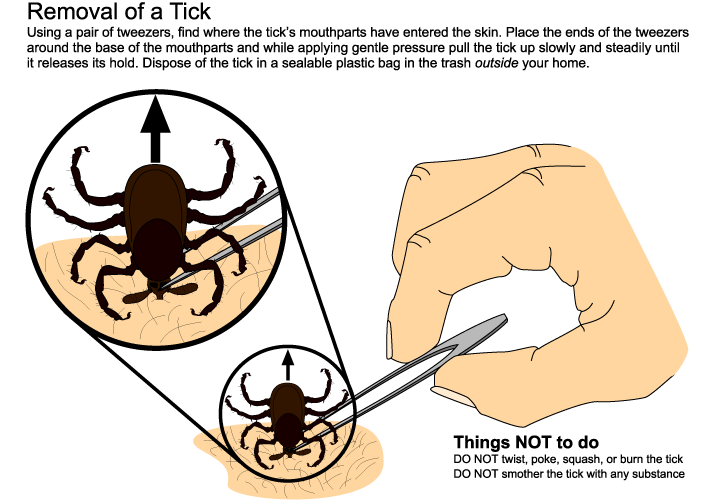OK, it doesn’t seem to take a rocket scientist to figure out that 1 + 2 = 3. Right? So why would it be so difficult to put together a correlation between an overpopulation of deer and ticks that transmit Lyme disease?
 Right? Sure. Remember that 1 + 2 = 3 deal? Substitute too many deer in a community + ticks and you’ll likely see an increase in the rate of Lyme disease among that community’s residents. And the remedy for that problem?
Right? Sure. Remember that 1 + 2 = 3 deal? Substitute too many deer in a community + ticks and you’ll likely see an increase in the rate of Lyme disease among that community’s residents. And the remedy for that problem?
Killing the deer. Not “deer contraceptives” or relocating them or ignoring them. Getting rid of part of the problem is the way to deal with it and reduce the instance of Lyme in residents.
That’s what a 13-year study involving scientists with the Connecticut Department of Energy and Environmental Protection’s Wildllife Division revealed. The results were published in the Journal of Medical Entymology. The study was conducted with residents of Mumford Cove and Groton Long Point who volunteered to be tested repeatedly for Lyme.
Deer in the two communities were believed to be up to 80 per square mile. An urban bowhunting program was established to reduce the deer population and obviously worked, knocking the number to about five per square mile. Additionally, as the number of deer fell the incidence of Lyme also was reduced by as much as 80 percent among residents.
Here’s the study’s abstract published in the journal:
White-tailed deer (Odocoileus virginianus Zimmerman), serve as the primary host for the adult blacklegged tick (Ixodes scapularis Say), the vector for Lyme disease, human babesiosis, and human granulocytic anaplasmosis. Our objective was to evaluate the degree of association between deer density, tick abundance, and human cases of Lyme disease in one Connecticut community over a 13-yr period. We surveyed 90–98% of all permanent residents in the community six times from 1995 to 2008 to document resident’s exposure to tick-related disease and frequency and abundance of deer observations.
After hunts were initiated, number and frequency of deer observations in the community were greatly reduced as were resident-reported cases of Lyme disease. Number of resident-reported cases of Lyme disease per 100 households was strongly correlated to deer density in the community. Reducing deer density to 5.1 deer per square kilometer resulted in a 76% reduction in tick abundance, 70% reduction in the entomological risk index, and 80% reduction in resident-reported cases of Lyme disease in the community from before to after a hunt was initiated.

Safe removal of a tick can help reduce chances of infection. (Graphic: Purdue)
Study co-author Howard Kilpatrick told The Post-Standard of Syracuse said two to three instances of Lyme disease were reported per year. That’s compared to 10 times that amount when the deer population was so high before the bowhunting program was instituted.
“I compare it to cutting your grass,” Kilpatrick said. “You just don’t do it once in the spring. You have to keep at it. The same goes for a deer maintenance program.”
Residents, for the most part, applauded the hunting program. Some anti-hunters voiced their opinions, as expected.
“Everyone has their opinion,” he told the newspaper. “Every deer is going to die somehow. They’ll either be shot by a hunter, hit by a car and crawl off the road, or be eaten by a bunch of coyotes. To say that one is more humane than the other is difficult, in my opinion.”
Lyme disease is spread by infected ticks. Humans infected with Lyme can have fever, fatigue, aches and possibly chronic neurological problems. Lyme disease is treatable with medical care.

